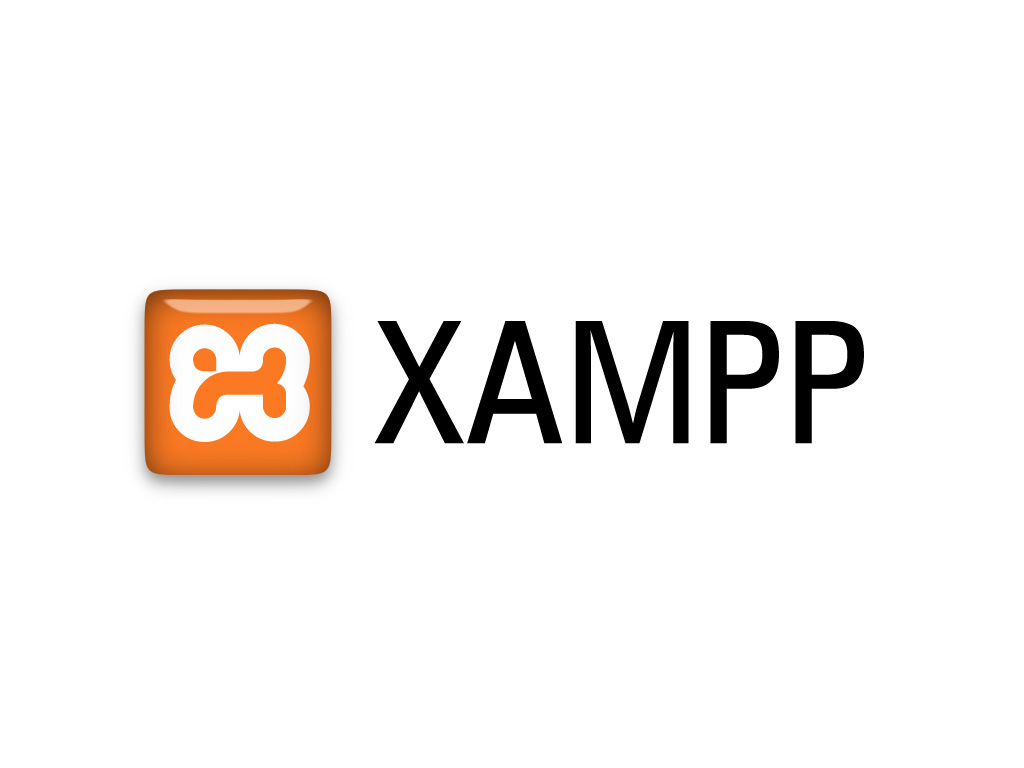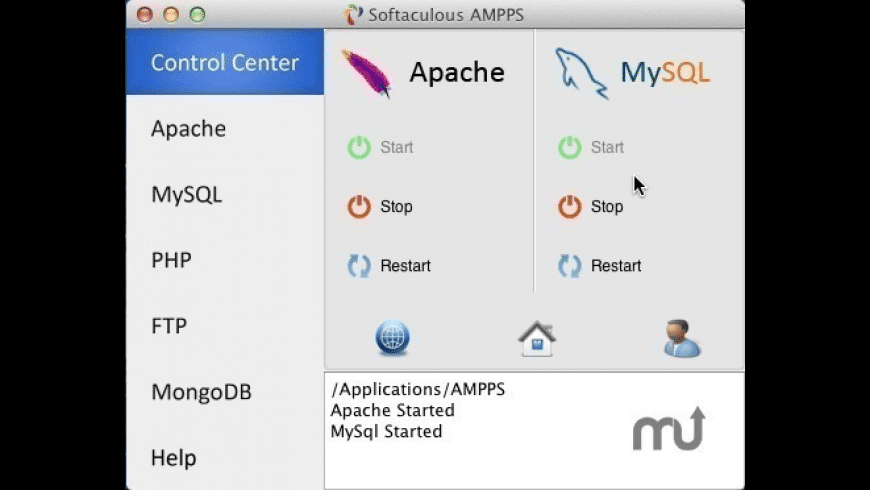It installs Apache, PHP and other XAMPP components directly on your OS X system, in the /Applications/XAMPP folder. How do I install XAMPP for Mac OS X? To install XAMPP, follow these steps. To start XAMPP simply open XAMPP Control and start Apache, MySQL and ProFTPD. The name of the XAMPP Control is 'manager-osx'. How to install and configure Apache, MySQL and PHP on Mac OS X 10.7 Lion and OS X 10.6 Snow Leopard. OSX 10.8 Mountain Lion Version OSX 10.9 Mavericks Version Apache and PHP already come preloaded in OS X 10.7 Lion and 10.6 Snow Leopard, the versions on 10.7 Lion are PHP 5.3.6 and Apache 2.2.20, these 2 pieces of Open Source software are part of the 'AMP' stack with MySQL the missing.
Note: This post assumes you followed installing Apache, PHP, and MySQL on Mac OS X Mojave and have since upgraded to macOS Catalina. If you did not follow the original post, you should follow installing Apache, PHP, and MySQL on macOS Catalina.
When Mac OS X upgrades it overwrites previous configuration files. However, before doing so it will make backups. For Catalina the original versions may have a suffix of mojave or be copied to a backup folder on the Desktop. Most of the time, configuring your system after updating Mac OS X is simply a matter of comparing the new and old configurations.
This post will look at the differences in Apache, PHP, and MySQL between Mac OS X Mojave and macOS Catalina.
Updating Apache
Mac OS X Mojave and macOS Catalina both come with Apache pre-installed. As noted above, your Apache configuration file is overwritten me when you upgrade to macOS Catalina.
There were a few differences in the configuration files. However, since both Mojave and Catalina run Apache 2.4, you could simply backup the configuration file from Catalina and overwrite it with your Mojave version.
However, I encourage you to stay up-to-date. As such, you should take the time to update Catalina's Apache configuration. Nuendo 5 for mac. First, create a backup and compare the two configuration files for differences.
Now edit the Apache configuration. Feel free to use a different editor if you are not familiar with vi.

Uncomment the following line (remove #):
In addition, uncomment or add any lines you noticed from the diff above that may be needed. For example, I uncommented the following lines:
Finally, I cleaned up some of the backups that were created during the macOS Catalina upgrade. This will help avoid confusion in the future.
Note: These files were not changed between versions. However, if you changed them, you should compare the files before running the commands.
Restart Apache:
Updating PHP
Mac OS X Mojave came with PHP version 7.1 pre-installed. This PHP version has reached its end of life. macOS Catalina comes with PHP 7.3 pre-installed. If you added any extensions to PHP you will need to recompile them.
Also, if you changed the core PHP INI file it will have been overwritten when upgrading to macOS Catalina. You can compare the two files by running the following command:
Note: Your original file may note be named something else. You can see which PHP core files exist by running ls /etc/php.ini*.
Apache Mysql Php For Mac
I would encourage you not to change the PHP INI file directly. Instead, you should overwrite PHP configurations in a custom PHP INI file. This will prevent Mac OS X upgrades from overwriting your PHP configuration in the future. To determine the right path to add your custom PHP INI, run the following command:
Note: It appears Catalina does not include the PHP Zip extension. This is a popular extension used by many packages. Once I determine a work around, I will post an update.

Apache Mysql Php Mac Mojave
Updating MySQL
MySQL is not pre-installed with Mac OS X. It is something you downloaded when following the original post. As such, the macOS Catalina upgrade should not have changed your MySQL configuration.

Uncomment the following line (remove #):
In addition, uncomment or add any lines you noticed from the diff above that may be needed. For example, I uncommented the following lines:
Finally, I cleaned up some of the backups that were created during the macOS Catalina upgrade. This will help avoid confusion in the future.
Note: These files were not changed between versions. However, if you changed them, you should compare the files before running the commands.
Restart Apache:
Updating PHP
Mac OS X Mojave came with PHP version 7.1 pre-installed. This PHP version has reached its end of life. macOS Catalina comes with PHP 7.3 pre-installed. If you added any extensions to PHP you will need to recompile them.
Also, if you changed the core PHP INI file it will have been overwritten when upgrading to macOS Catalina. You can compare the two files by running the following command:
Note: Your original file may note be named something else. You can see which PHP core files exist by running ls /etc/php.ini*.
Apache Mysql Php For Mac
I would encourage you not to change the PHP INI file directly. Instead, you should overwrite PHP configurations in a custom PHP INI file. This will prevent Mac OS X upgrades from overwriting your PHP configuration in the future. To determine the right path to add your custom PHP INI, run the following command:
Note: It appears Catalina does not include the PHP Zip extension. This is a popular extension used by many packages. Once I determine a work around, I will post an update.
Apache Mysql Php Mac Mojave
Updating MySQL
MySQL is not pre-installed with Mac OS X. It is something you downloaded when following the original post. As such, the macOS Catalina upgrade should not have changed your MySQL configuration.
Install Apache Mysql
Find this interesting? Let's continue the conversation on Twitter.
